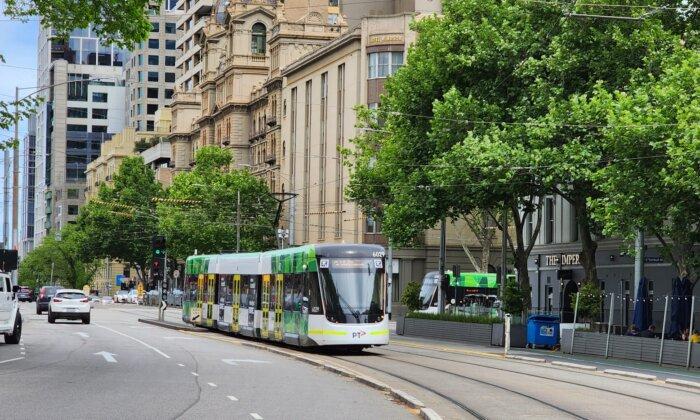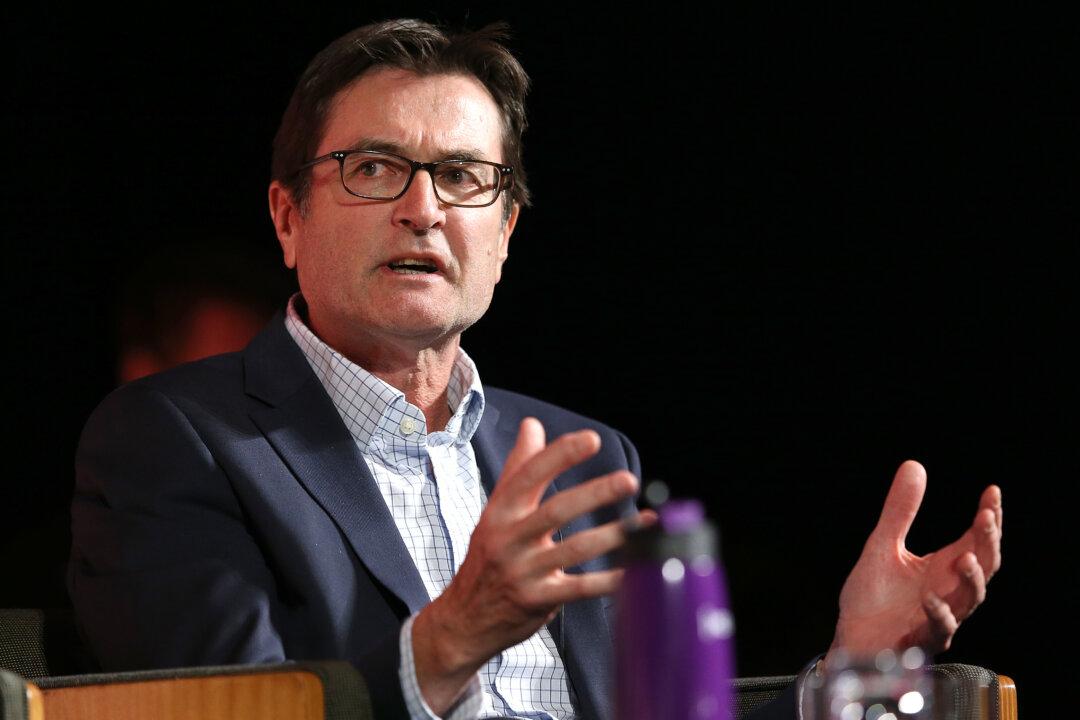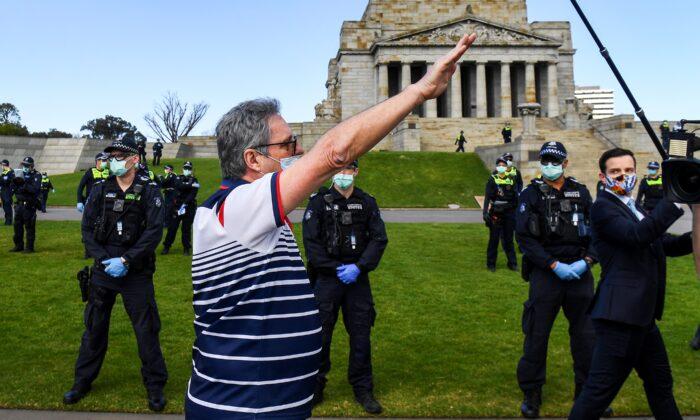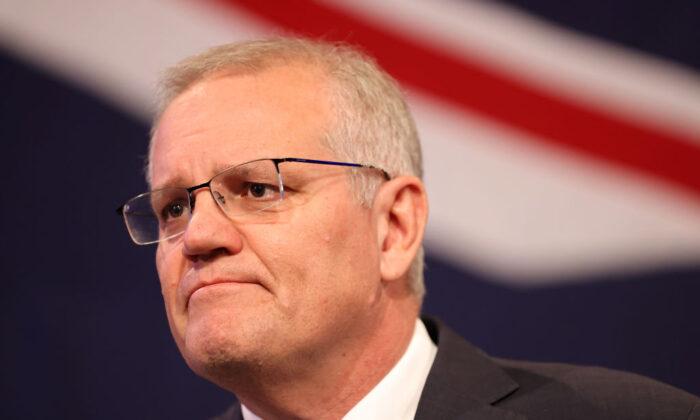New South Wales (NSW) National Party Leader Dugald Saunders has criticised the state Labor government for its advertisement for a ‘Truth Telling and Healing’ State Executive position, claiming it is questionable timing given current economic circumstances.
“I know there’s already been some feedback from MPs in the Labor Party when he [Premier Chris Minns] announced a $5,000,000 listening tour. There was quite a bit of disharmony around this.
“At the moment, cost-of-living is everything to people. Truth-telling and healing at the moment is not the number one thing to focus on.”
Mr. Saunders also accused the premier of attempting to sweep the job listing under the rug.
“It’s a very odd time to be appointing an executive director of truth and healing when we’ve just had a referendum which gave a very definitive answer and the premier’s mentioned nothing about this at all.”
The Minns Labor government is advertising a $340,000-a-year Executive Director of Truth and Healing position. The job is only open to Indigenous Australians and primarily involves influencing the state government based on the long-term economic and social aspirations of Aboriginal communities.
The successful candidate will “oversee and influence the Healing paradigm across the NSW Government.” Overarching responsibilities include the creation of a Healing Framework that will work to enshrine the voice of Aboriginal Australians into policy-making decisions for NSW.
Aboriginal Industries
The position would become one of many Indigenous executive and consultancy jobs in both the public and private sectors.The National Indigenous Australians Agency (NIAA) is an organisation established to provide formal advice to governments in constructing policies pertaining to Aboriginal communities. It was established by the Morrison Government in 2019.
It employs approximately 1,300 people with its CEO Jody Broun taking home a base salary of $218,602 annually. According to budget documents, the Albanese Government allocated $2.1 billion in funding to the NIAA in 2022-23.
In the corporate world, prominent professional services firm PricewaterhouseCoopers (PwC) established an Indigenous consulting arm that is majority Aboriginal-owned, led, and staffed. The body specialises in providing advice and developing strategies to optimise commercial and government policies and initiatives surrounding Indigenous Australians.
Indigenous Affairs Spending
At a federal level, government expenditure surrounding Indigenous affairs has become increasingly contentious, particularly after its issues were raised during debate about the Voice to Parliament referendum.A paper released by the Lowitja Institute—a think tank focused on Indigenous community wellbeing—claims that only around 6 percent of the federal budget is directed towards Aboriginal affairs.
Former Prime Minister Tony Abbott has voiced his concerns about the validity of reported figures, claiming earlier this year that from his experience in government, the amounts are higher in actuality.
“The whole point of that agency is to ensure that Indigenous people’s voices are heard on everything relevant that government does.”
However, there has been little progress in closing the gap despite additional bureaucratic initiatives and spending on Indigenous affairs, an issue exacerbated by misappropriation scandals and misguided policy prescriptions.
The most notable instances of corruption in recent decades are the embezzlement of $3 million by a project manager contracted by the Western Australian government to rebuild a remote Indigenous town ravaged by floods in 2011 as well as alleged misuse of funds by staff within a community fund in the Northern Territory.
There is still a long way to go in closing the gap in health and life expectancy between Indigenous and non-Indigenous Australians.
Rates of adult imprisonment, children in foster and out-of-home care, and suicide have all increased whilst the early developmental outcomes of Indigenous children at the start of their schooling lives have declined.







